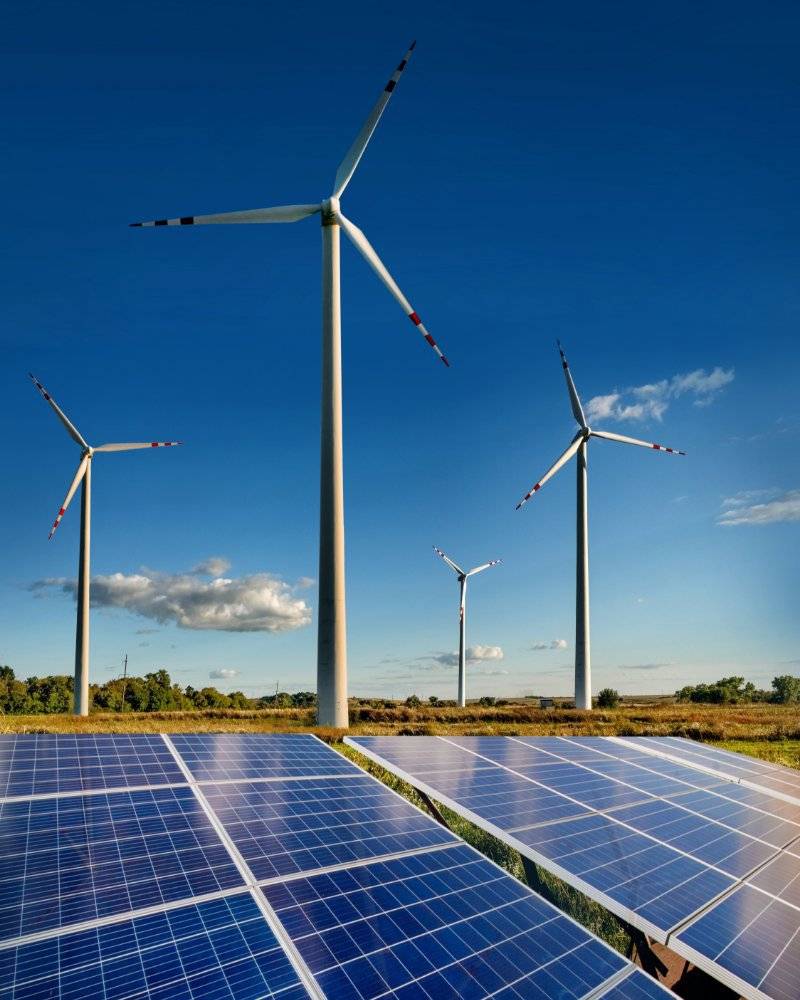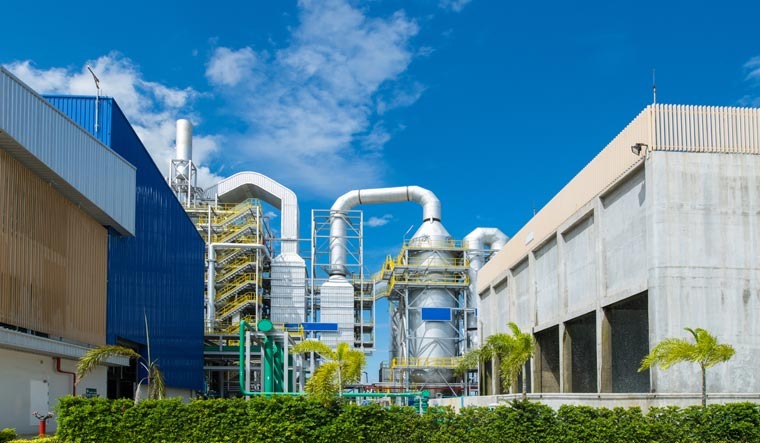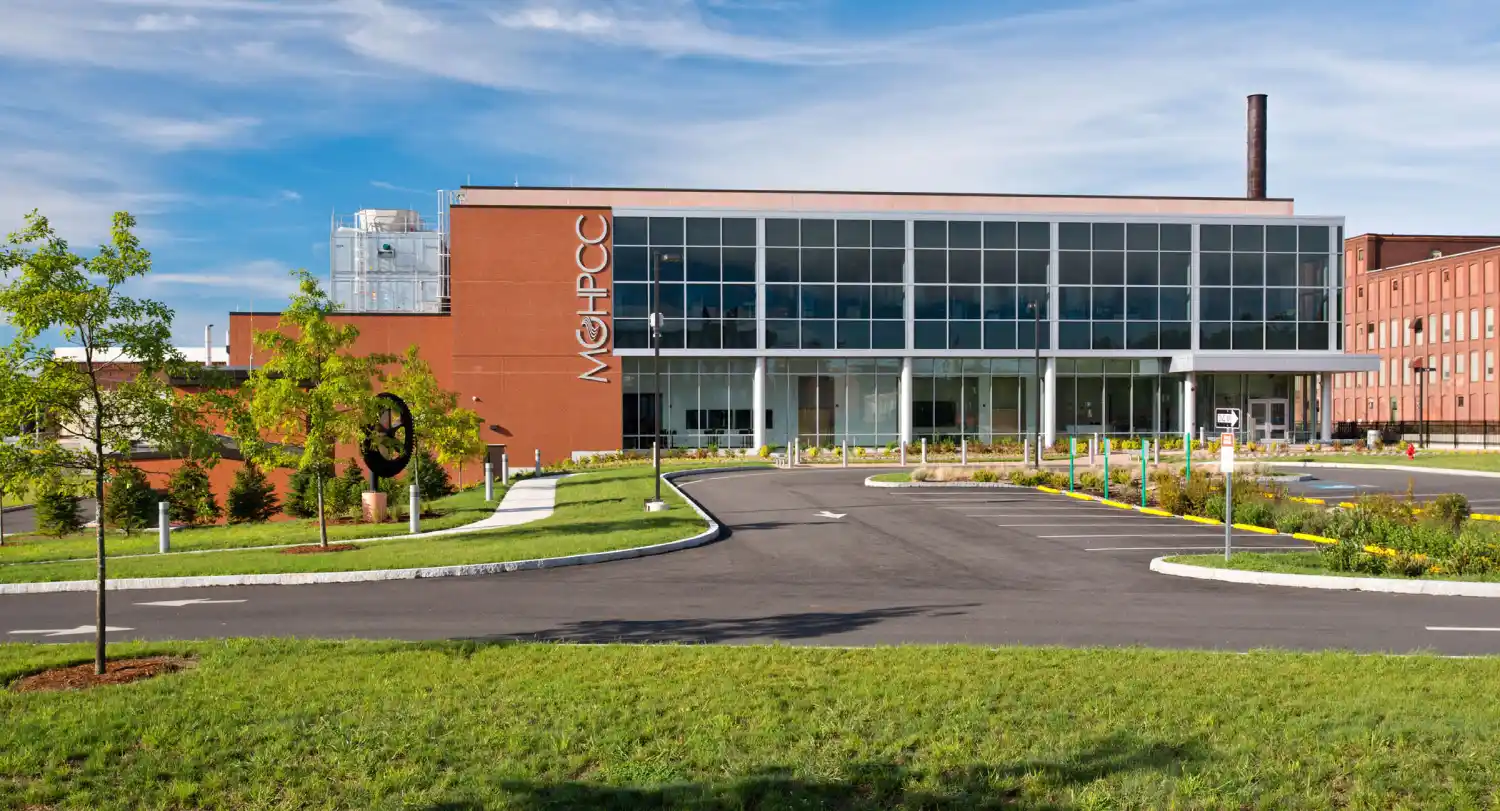Case Study 1: Equinix—Exporting Waste Heat & Powering with Renewables
Location: Global (notably Toronto, Canada and other sites)
Initiatives & Innovations:
- In Toronto, Equinix utilizes deep lake water for cooling, cutting energy needs by 50% or more at that facility.
- Globally, Equinix aims for climate neutrality by 2030, backed by science-based targets.
- They've repurposed waste heat to warm nearby buildings and secured wind-energy agreements in the U.S.
Why It’s Relevant for Acadia Green:
- Demonstrates how investments in sustainable data centers can yield both operational efficiencies and community benefits.
- Waste-heat reuse and deep water cooling are practical, impact-oriented strategies that align with your data center focus.
Case Study 2: Digital Realty—Renewables & Emissions Reduction Goals
Initiatives & Innovations:
- Holds 1 GW worth of wind and solar contracts across multiple U.S. states; has installed solar panels internationally in Kenya, Greece, Switzerland, and South Korea.
- In 2022, avoided 1.8 million metric tons CO₂-equivalent emissions.
- Committed to reducing direct/indirect emissions per square foot by 60%, and supply-chain emissions by 24%, with strategies that use AI, clean fuels, and modular design.
Why It’s Relevant for Acadia Green:
- Reinforces the return on investment potential from renewables and operational efficiency.
- Highlights measurable sustainability targets—a great benchmark for your own investment metrics.

Case Study 3: NCAR–Wyoming Supercomputing Center—Designed for Efficiency
Location: Wyoming, USA
Initiatives & Innovations:
- 89% more efficient than a typical data center; up to 10% more efficient than cutting-edge facilities in 2010.
- Uses Wyoming’s cold climate for natural cooling 96% of the year and sources ≥10% of its power from local wind.
- Recycles waste heat for building heating, snow melting, and more.
- Incorporates lighting sensors to cut electricity use by 20–30%.
Why It’s Relevant for Acadia Green:
- Exemplifies how thoughtful site selection and design can drive long-term efficiency gains.
- Strong model for combining passive environmental advantages with active technology.
Case Study 4: Massachusetts Green High Performance Computing Center (MGHPCC)—Clean Energy Power
Location: Holyoke, Massachusetts, USA
Initiatives & Innovations:
- Delivers ~94% carbon-neutral power, with two-thirds from local hydroelectric generation; supplemented by solar and nuclear clean sources.
- Organized as a consortium across top universities—sharing infrastructure, scale, and clean power goals.
Why It’s Relevant for Acadia Green:
- Ideal example of how partnerships can leverage clean power, scale, and shared purpose.
- Highlights benefits of high-performance computing powered by low-carbon infrastructure.
Case Study 5: Blue Owl Capital—Tapping Surplus Wind Power
Initiatives & Innovations:
- Built a data center near wind-rich regions, accessing surplus wind energy that would otherwise be curtailed, delivering clean power at 30–40% lower cost than urban alternatives.
Why It’s Relevant for Acadia Green:
- A unique strategy to reduce energy costs while strengthening sustainability credentials.
- Demonstrates how strategic location choices can align ecological and economic benefits.
Case Studies / Real-World Impact
| Name | Key Sustainable Elements | Impact Highlights |
|---|---|---|
| Equinix | Deep lake cooling, waste heat reuse, renewable energy procurement | 50%+ cooling energy reduction |
| Digital Realty | 1 GW renewables, AI-enabled optimization, zero-carbon targets | Avoided 1.8M metric tons CO₂e |
| NCAR–Wyoming | Natural cooling, wind power, LEED Gold, waste heat reuse | 89% more efficient than typical centers |
| MGHPCC | Hydropower, shared university venture, 94% carbon-neutral power | Clean HPC at scale |
| Blue Owl Wind Strategy | Surplus renewable sourcing, strategic siting | 30–40% cost advantage on clean energy |


